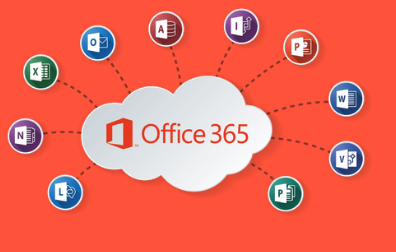Do SharePoint right before SharePoint does you wrong
I recently advised a global consumer goods firm about how to integrate their various Social Software implementations and where to place SharePoint in that mix. This was that rare company who had not yet implemented SharePoint hardly at all, beyond a few WSS pilots. In other words, that mythical "greenfield" environment that consultants can dream about, but rarely exist in real life.
The firm is considering expanding their investment, including licensing MOSS. We discussed how they have a tremendous opportunity to do SharePoint "right" from the beginning, and avoid some common critical mistakes.
It occurred to me later, though, that the same advice I gave them could be taken to heart by existing SharePoint customers. Sure, it might mean "undoing" some work, but it's never too late to obtain better value from any SharePoint investment. Here are six basic things you can do.
1) Understand SharePoint's functional strengths and weaknesses
Microsoft markets SharePoint as an omnibus information-management platform, but like all software, it has meaningful strengths and weaknesses. People frequently label SharePoint a collaboration product, when in fact, it excels and some types of collaboration but virtually ignores other. SharePoint is useful for some Web Content Management scenarios, but poor at (many) others. It fits only limited (if promising) Business Intelligence use-cases. SharePoint offers integrated social computing functionality, much of which has been rejected among the customer base -- especially within larger enterprises. For more details, you can consult our SharePoint evaluation research.
2) Keep SharePoint Simple
SharePoint offers an alluring .NET development environment. As with any portal platform, you should tread carefully here, and adopt the KISS principle. The firm above decided to limit their development activity solely to configuration, rather than customization (You can still get into trouble with configurations, but that's another story.) This will make their SharePoint workspaces more affordable, maintainable, repeatable, and upgradable. Regarding upgrades, just check with the scores of enterprises rebuilding their custom SharePoint 2003 applications in the 2007 platform. Nevertheless, I'll also argue that you should not focus unduly on SharePoint 2010 and instead...
3)...Keep your eye on the 2007 ball
It's easy to get swept up in the excitement with SharePoint 2010. There's a lot of new terminology there as well as various indications of new functionality, but you'll want to measure your response to early speculation. First of all, SharePoint has a history of changing substantially from beta to general release. Unless you're a dedicated early adopter, you probably won't want to roll out SharePoint 2010 until some time in 2011. In the meantime, stay focused on maximizing the value of any investment you've made in SharePoint 2007.
4) Recognize the need for expertise and tools for enterprise-wide roll-outs
SharePoint was architected fundamentally for departmental use. At the same time, many if not most customers understandably want to standardize across enterprise deployments. This opens a new set of considerations around performance, security, administration, and cost. Many customers turn to 3rd-party tools from among the SharePoint ecosystem to help. An experienced SharePoint architect also becomes invaluable. (My colleague Shawn Shell is a very good one.)
5) Think in terms of workspace "packages"
Instead of launching generic WSS or MOSS team spaces, create standard configurations for specific business scenarios, like "community of practice," or "executive dashboard." MOSS actually ships with some good templates, but you'll likely want to revise them, and perhaps supplement them with other tools. Australia's James Robertson wrote up a nice case study of how one firm did this.
6) Make the most important governance decision
You can find reams of advice about governance for SharePoint. I've found that organizations with effective governance structures already in place tend to do well here. The problem is that SharePoint quickly exposes enterprises who haven't invested in information and IT governance -- and I think we can all agree that SharePoint doesn't in itself offer governance. The most important decision to make is controlling the provisioning of new sites. By disabling ad-hoc site creation, you can more effectively follow tenets #1-5 above. Note that this has implications for how you deploy (or not) My Profiles and My Sites. If you've already let the SharePoint horses out of the barn, it's hard to corral them back in. In the meantime, at least shut the door.
All this might give you the impression I'm down on SharePoint. I'm not. That firm I advised is primed to spend real money on it and get real value in return. SharePoint will not become their Intranet; it will become a part of their Intranet. Most importantly, now they have a plan.
So, what's your SharePoint plan? I'd love to hear how it turns out. Find me by e-mail or twitter, or comment below. And good luck!




